Embark on a Halloween journey into the uncanny world of Southwest, Ontario’s native medicinal plants. These botanical phantoms beckon us to explore their eerie and bewitching secrets. Join us for a spine-tingling adventure as we unveil the medicinal uses and science behind these intriguing plants.
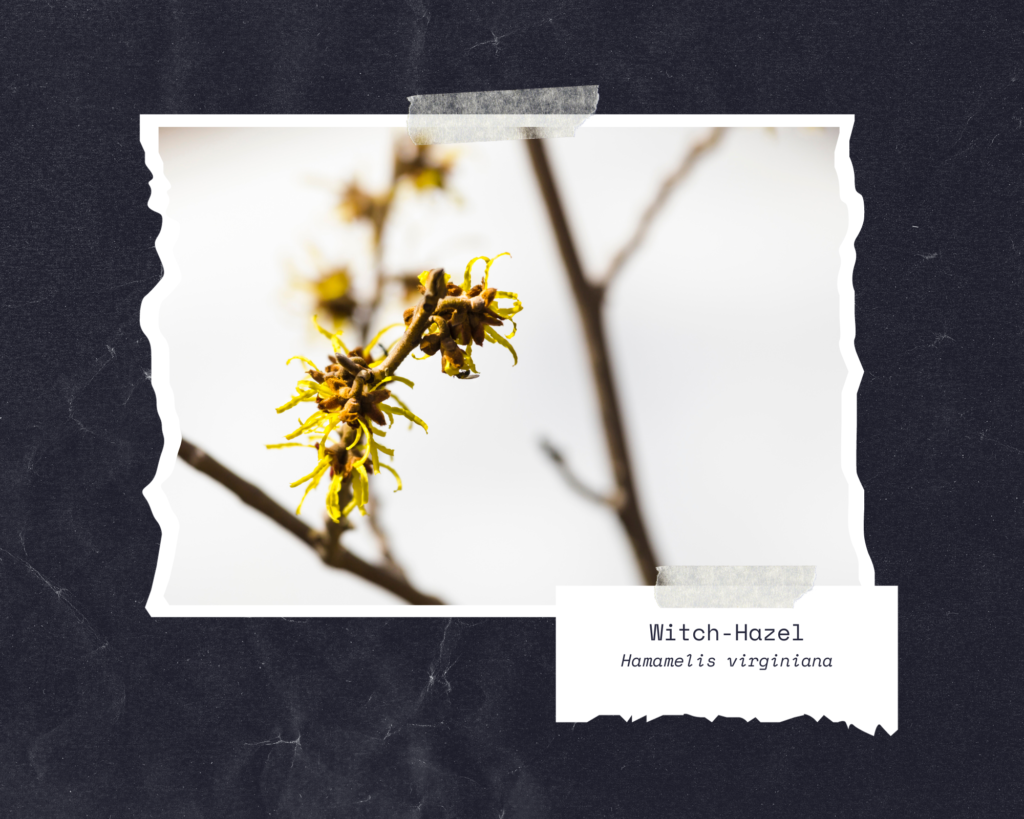
Witch-Hazel (Hamamelis virginiana)
Medicinal Uses: Witch-Hazel, with its ghostly blossoms, conjures relief for our mortal wounds. This native astringent, rich in tannins, has been used for centuries to treat bruises, sprains and minor skin blemishes such as acne or bug bites.
Science Behind It: Witch-Hazel contains tannins, which tighten skin proteins and constrict blood vessels, making it a powerful astringent. Its scientific magic lies in its ability to reduce swelling and calm skin ailments.
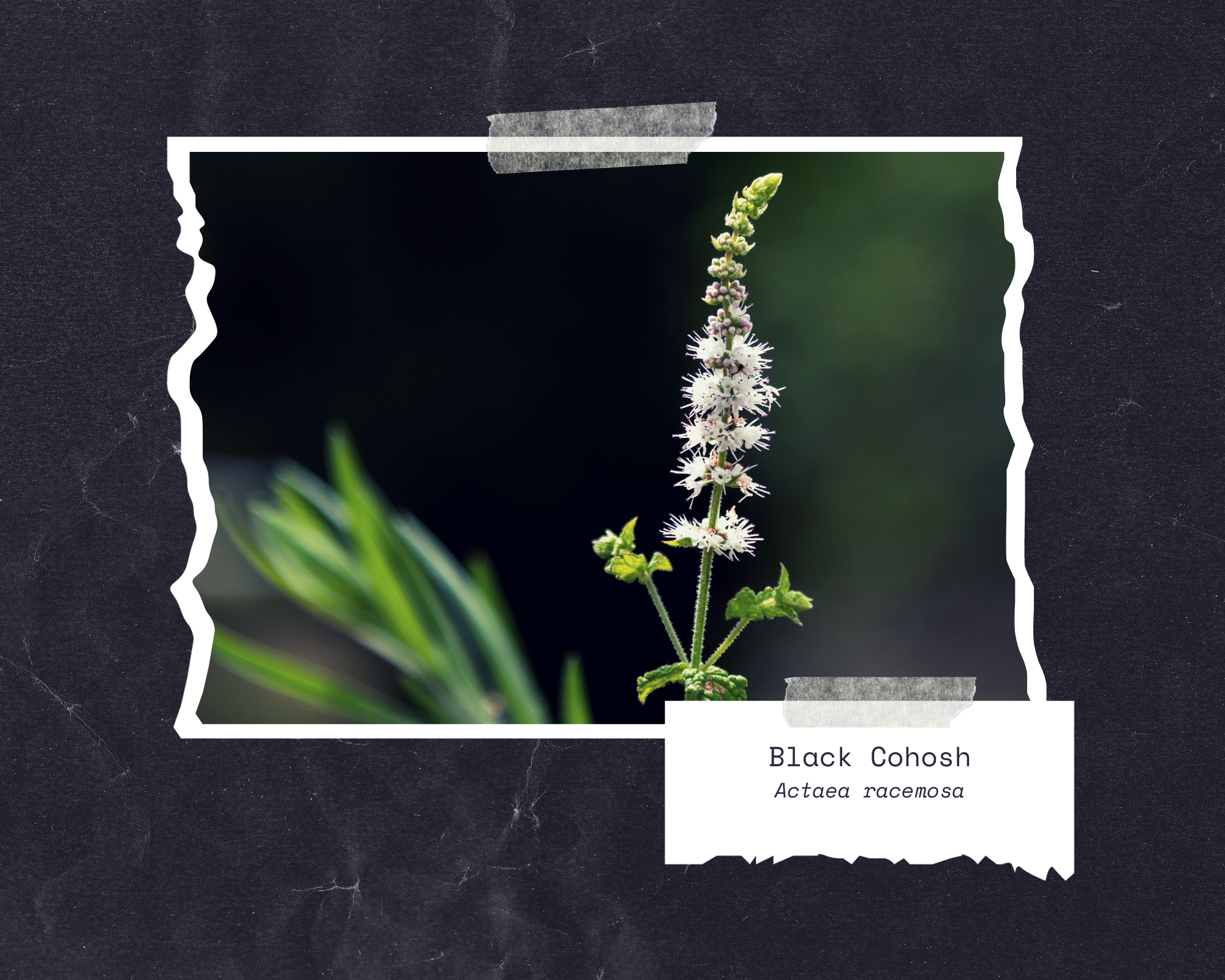
Black Cohosh (Actaea racemosa)
Medicinal Uses: The sinister sister of the forest, Black Cohosh, has been invoked to ease the curses of women’s health. It has been used to alleviate the trials of menopause and menstrual discomfort.
Science Behind It: Black Cohosh contains phytochemicals that interact with serotonin receptors in the brain, helping to regulate body temperature and mood. A bewitching science of hormone balance is concealed within its roots.
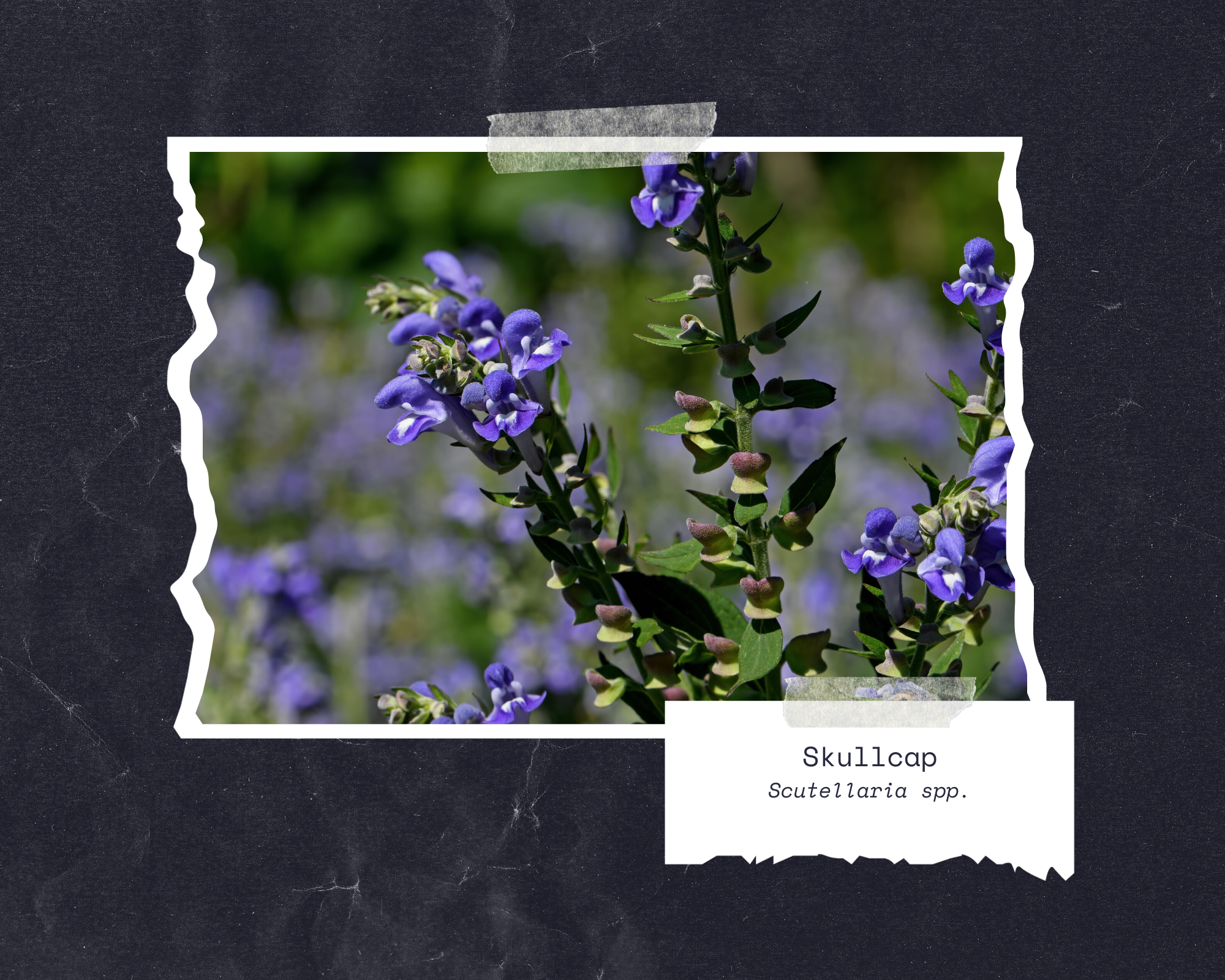 Skullcap (Scutellaria spp.)
Skullcap (Scutellaria spp.)
Medicinal Uses: Skullcap is known for its calming and sedative properties. It’s been used to ease anxiety, insomnia, and nervous tension.
Science Behind It: Skullcap contains flavonoids that interact with neurotransmitters in the brain, providing relaxation and relief from stress. Its name and reputation give it an otherworldly allure.
Yarrow (Achillea millefolium):
Medicinal Uses: Yarrow’s delicate white flowers misrepresent its reputation as a powerful medicinal plant. It’s been used for centuries to staunch bleeding, alleviate fevers and soothe digestive complaints.
Science Behind It: Yarrow contains compounds like achilleine, which can help stop bleeding by constricting blood vessels. Additionally, its anti-inflammatory properties contribute to its therapeutic value.
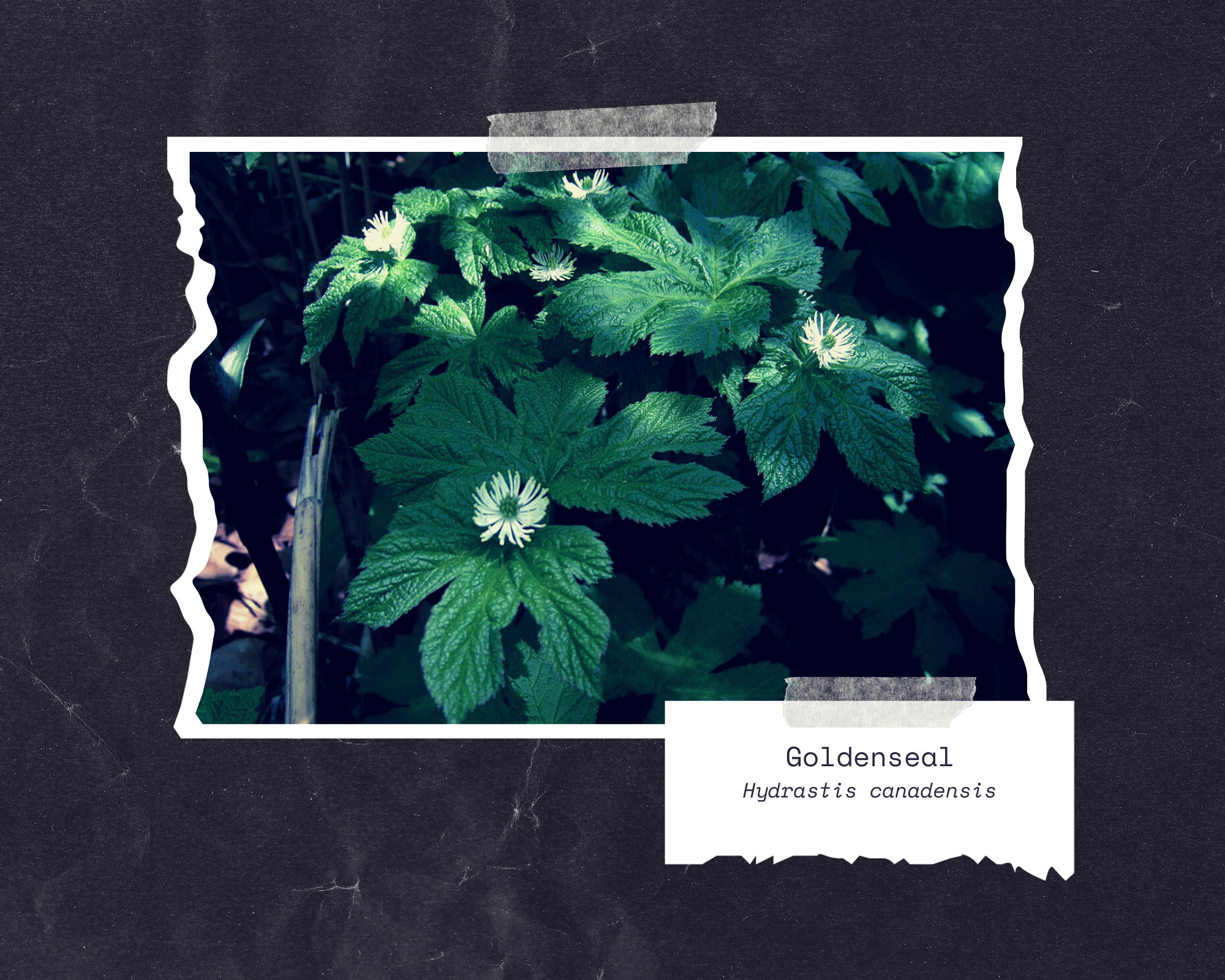
Goldenseal (Hydrastis canadensis)
Medicinal Use: Goldenseal, with its vivid roots, is the bane of bacterial infections. Its secrets include compounds like berberine, which possess antimicrobial properties. It has been used to brew remedies for respiratory and digestive ailments and to thwart the sinister forces of bacteria.
Science Behind It: Berberine, found in Goldenseal, disrupts the cellular structure of harmful bacteria, inhibiting their growth and replication. Science reveals the potency of this plant’s roots in our battle against unseen microbial foes.
As we conclude this journey through the enchanting flora of SW Ontario, we find that even in the realm of science, a touch of witchery and wonder lingers. These native medicinal plants, with their potent properties, serve as reminders that our plants are more than just soil and stems. So, dear readers, may your gardens be forever enchanted and your knowledge of medicinal native plants be forever spellbinding!


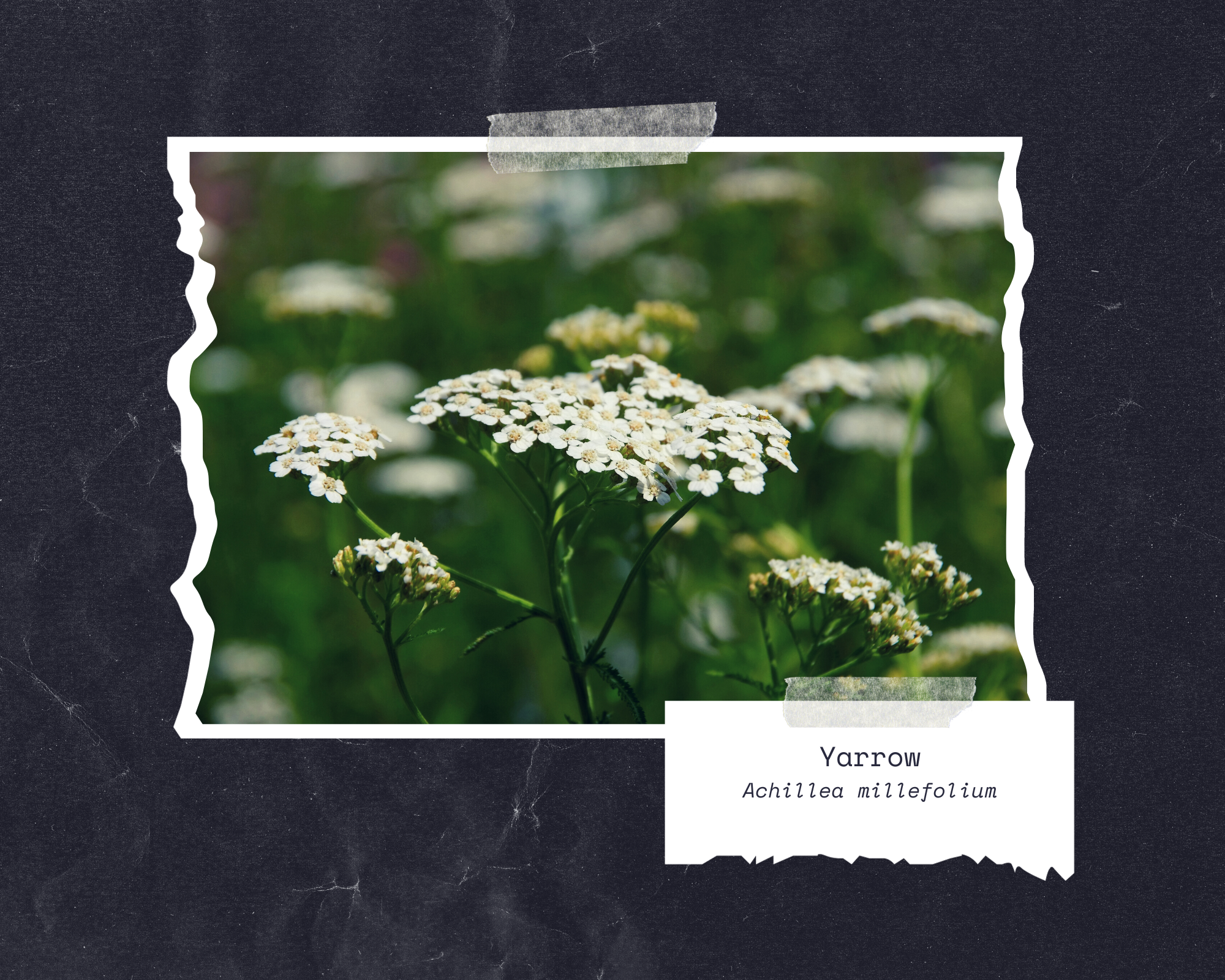
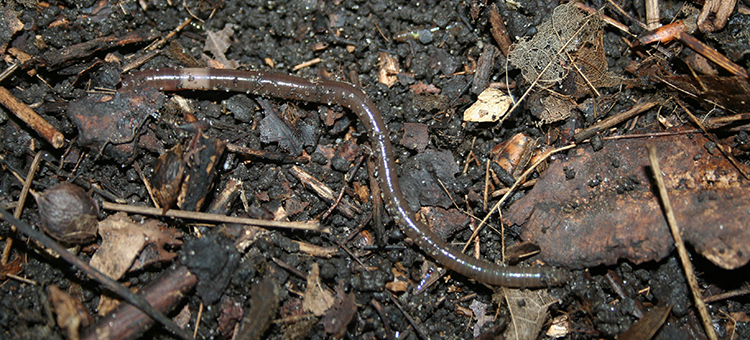
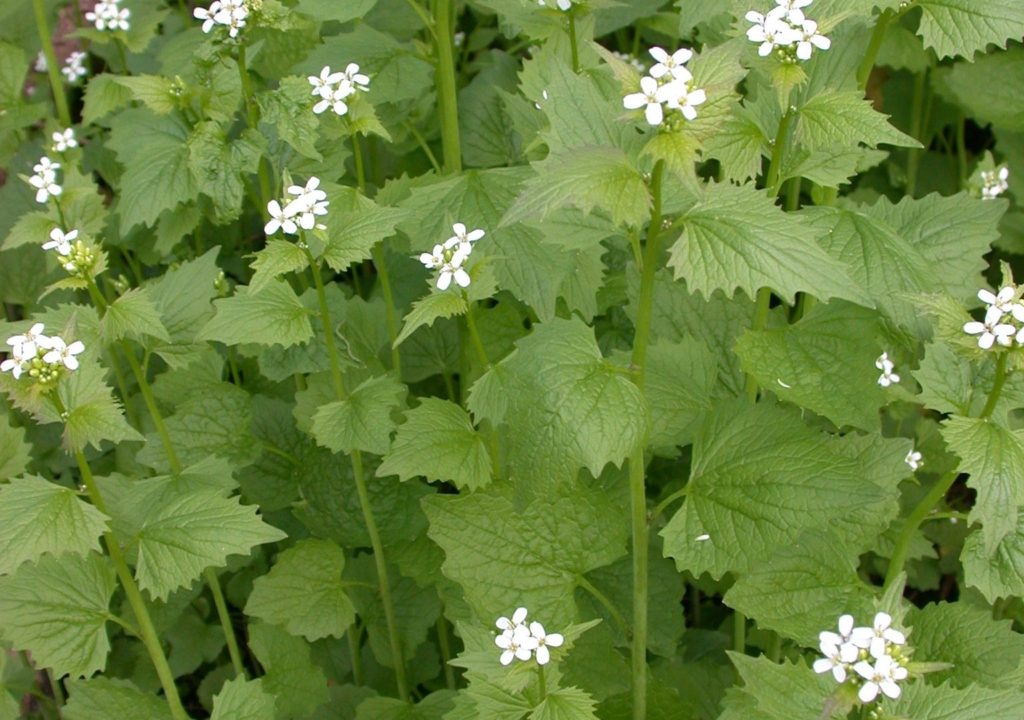

About The Author: Darlene Davis
Darlene's gardening expertise encompasses a range of areas, including organic gardening practices, pollinator gardening and flower farming. She is an experienced flower farmer with a wealth of knowledge in Floriculture. Darlene is an alumna of the University of Guelph's Horticulture program, as well as the Gardener's Workshop and the Floret Workshop.
More posts by Darlene Davis